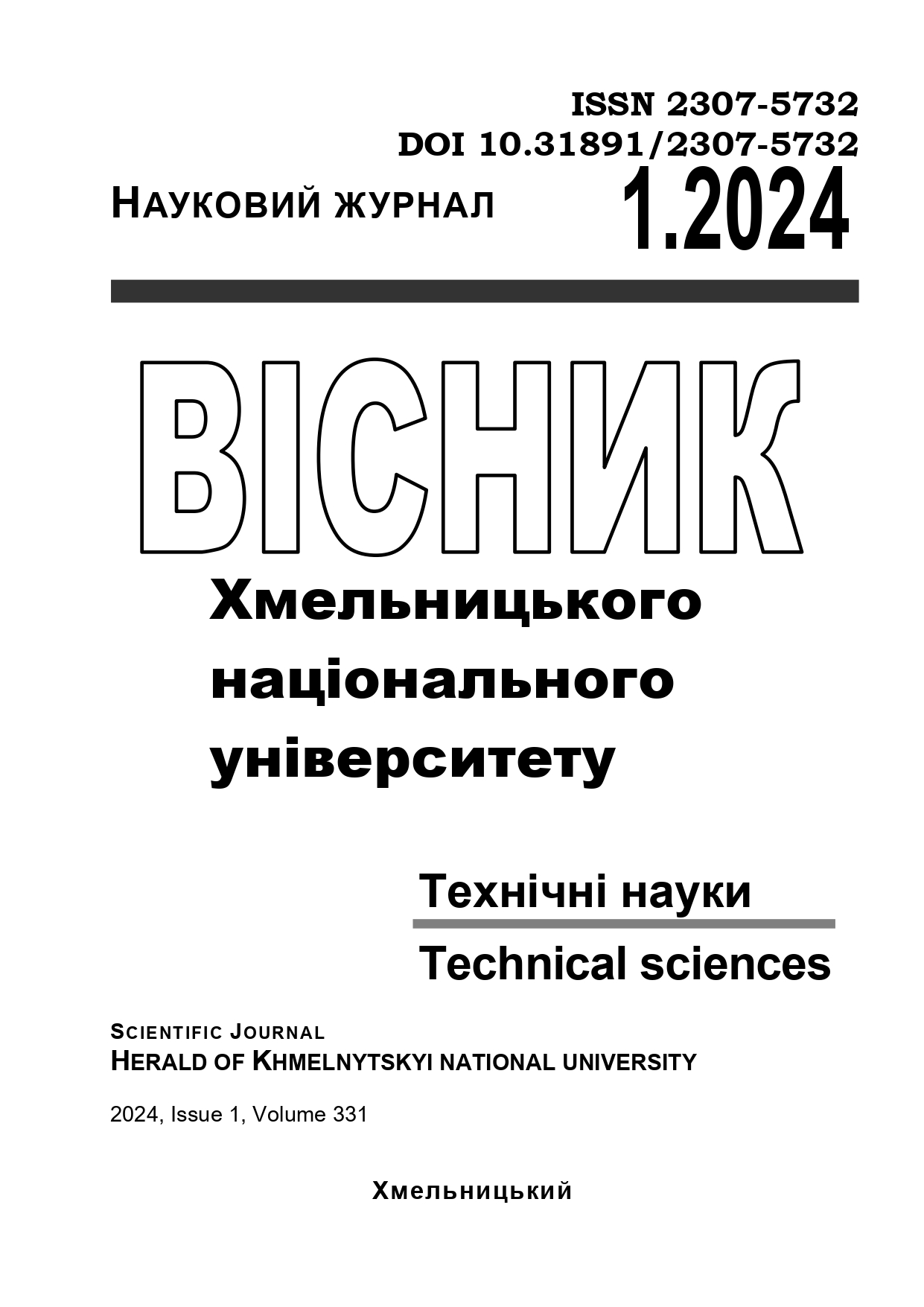INVESTIGATION OF THE EFFICIENCY OF PARALLEL COMPUTATIONAL SCHEME FOR IDENTIFICATION OF INTERVAL DISCRETE MODELS BASED ON SWARM INTELLIGENCE
DOI:
https://doi.org/10.31891/2307-5732-2024-331-3Keywords:
Artificial Bee Colony algorithm, parametric identification, environmental modeling, parallel computing schemes, interval approachAbstract
The research addressed in the paper focuses on organizing computations to solve NP-complex problems. Specifically, it examines the task of parametric identification of discrete models with distributed parameters based on the analysis of interval data. Computational algorithms inspired by the behavioral models of honeybee colonies are proposed to address this task. The application of the proposed algorithm enhances the efficiency of solving parametric identification problems for interval discrete models with distributed parameters, albeit with high computational time complexity. Therefore, the study suggests using parallel computing algorithms to reduce the time complexity. To assess the effectiveness of parallel computing in identifying interval discrete models with distributed parameters, computational experiments are proposed using examples of modeling air distribution and pollution by automotive exhaust emissions.
The computational experiments, based on behavioral models of honeybee colonies on a four-core processor, demonstrate increased efficiency in all experiments, with higher task complexity leading to greater parallelization efficiency. However, it is noted that the average number of generations required for the parallel algorithm to find a solution is significantly higher in some experiments compared to the sequential algorithm. This sensitivity indicates that the algorithm is highly influenced by the initially generated points in the solution search space. Overall, the study establishes the feasibility of parallelizing the computational scheme for solving parametric identification problems on other promising parallel architectures, such as graphical processors.

